November 6-10, 2019
As part of my job as the coordinator of a community college honors program, I have the option of attending a national conference every year. In 2019, that conference was in New Orleans.
Heck yes, I'll go!
The conference was great, and I LOVED the location. It was my second visit to New Orleans, but my first visit had been brief and about fifteen or sixteen years earlier.
The conference was held in the Sheraton Hotel on Canal Street, just blocks from the French Quarter, and so that is also where I stayed.
Even the hotel décor screams "NEW ORLEANS!"
Here is the view of Canal Street--the Champs d'Elysee of New Orleans--from my room. One interesting fact about this street is that with three lanes going each direction, it is supposed to be the widest thoroughfare in the United States called a "street" instead of an "avenue" or "boulevard."
Same view at night:
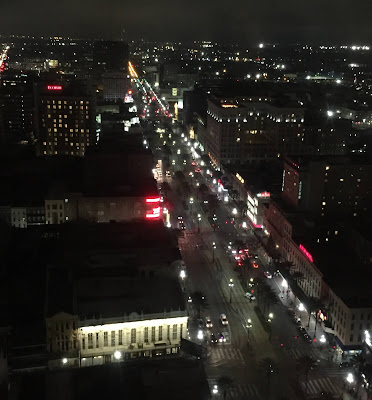 |
| Add caption |
Of course, being close to the French Quarter can be, um, shall we say "enlightening"?
I left the hotel for all my meals, and I was able to get out during the evenings as well. I made sure to say good-bye to Duke Ellington, blowing his trumpet in the Sheraton Lobby, on my way out.
In contrast to Bourbon Street (or maybe because of it), New Orleans has a lot of really gorgeous churches. I found one on my way to breakfast one morning: The Immaculate Conception Church, known locally as the Jesuit Church. The current building was completed in 1930, but it was a copy of the original church built on this site in the 1850s. The original church had to be torn down when its floor split in half!
Note the view of the floral window above the main entrance from the outside and inside.
The outside of the church, somewhat hidden in a neighborhood of high rises, gave no hint of the soaring nave and golden lighting that greeted me as I walked through he doors.
The high altar is an stunning showpiece. Crafted in Lyon, France, in 1867, it won first prize in the Paris Exposition that year. The altar has more than 600 pieces and is plated with 24-karat gold.
Gold is definitely the dominant color in this cathedral. The statue of St. Peter on the left is a bronze replica of a statue in St. Peter's Basilica in Rome. Note his burnished foot, polished by the worshipers who wish to touch it. The Mary Shrine on the right is a mosaic made in Italy in 1930 at a cost of $5,000.
When I picture a priest delivering a sermon at the lectern in front of this large shell, I can't help but think of the painting The Birth of Venus by Botticelli. That might make it hard for me to focus on the message.
The stained glass windows depict events in early Jesuit history. There are many other windows in the church, but unfortunately my pictures of them did not turn out. Collectively, the windows in this church are considered to be among the finest in the state, and even in the country.
These angels holding holy water are especially fun. Much better than a pedestal!
Perhaps the most famous church in New Orleans is the Cathedral-Basilica of Saint Louis, King of France (aka St. Louis Cathedral). It is the oldest cathedral that has been continuously used in the area that would become the United States. I went there on a walking tour that was actually part of my conference.
It looks a little bit like Sleeping Beauty Castle at Disneyland, especially with those horse-drawn carriages out front!
Signage on the exterior notes that the first church on this site was completed in 1727 and was destroyed in the great fire of 1788. The second church was a gift by a wealthy resident and was dedicated on Christmas Eve of 1794. On December 9, 1964, Pope Paul VI "bestowed upon it the rank of Minor Basilica."
So who is the St. Louis who gives this cathedral his name? King Louis IX of France (1214-1270), the only king of France to by canonized in the Catholic Church. A very devout Catholic, he reigned during the medieval "golden age" during which France reached economic and political peaks. He is known for being just and reforming the court system. He also led the 7th and 8th Crusades, and died during the latter.
How do you know for sure it is a basilica? Look for the umbraculum, a red and gold umbrella found in all the basilicas throughout the world. I just learned that whenever a pope visits a basilica, the umbraculum is opened.
Across the street from St. Louis Basilica is Jackson Square.
It is named after General Andrew Jackson, who successfully led the US Army against the invading British in the Battle of New Orleans in 1815.
However, New Orleans is also a city of enormous contrasts. As energetic and beautiful as the city is, it is also extremely economically divided and highly dysfunctional.
On one of my Uber rides to a museum, I saw the ruins of the Hard Rock Hotel. Just a month before my visit, this new construction project collapsed, killing two and injuring thirty. See footage here. My driver told me he suspected there were still bodies inside, but no one had gone in to find them yet. He was right; a third body was recovered TEN MONTHS after the building collapsed. Sadly, an inability to move quickly in a disaster seems to be the New Orleans modus operandi.
Look at the upper floors, especially on the left.
This angle clearly shows the collapse.
Perhaps the building that symbolizes New Orleans' failures the most is the Louisiana Superdome, the "shelter of last resort" during Hurricane Katrina in 2005. Although it had been used twice before as an evacuation site, it was woefully understocked with emergency supplies for the 10,000 people who sheltered there on August 28 before the storm even began. The number of refugees rose to almost 30,000 over the next few days as search and rescue teams brought more people here during and after the hurricane. The power failed during the hurricane, water flooded the lower level, and conditions went from horrible to downright deadly before the refugees were finally evacuated to Houston, San Antonio, and Dallas on September 2.
GOOD THINGS about New Orleans will be in the next couple of posts.
READING
Most of the books I have read about New Orleans have focused on the strength of its people and the complete failure of its government and social systems.
I was stunned, shocked, and dismayed by what I read about the aftermath of Hurricane Katrina, a category 5 hurricane that hit New Orleans in August 2005. If you think there is equality in America, you need to read Dave Eggers' compelling book, Zeitoun. It is the true story of Abdulrahman Zeitoun, an honest, kind man who ran a house-painting business in New Orleans and who experienced anything but fairness in return for his efforts to help his neighbors. The effects of the hurricane were nothing compared to what Zeitoun suffered in the name of law and order.In 2010, Sheri Fink won a Pulitzer Prize for Investigative Reporting about the life-and-death decisions made by the staff at New Orleans Memorial Hospital on the day Hurricane Katrina destroyed the city and the days immediately following. In Five Days at Memorial, Fink turns that news story into a compelling book that details good people faced with an impossible situation and terrible, no-win decisions to make. Fink's finely-drawn characters and suspenseful writing makes for a gripping, sometimes horrify story that I could hardly put down.
Fink earned a PhD in Neuroscience in 1998 and an MD the following year, both from Stanford University. Five years after winning the Pulitzer for her reporting about Memorial Hospital, she won a second Pulitzer for reporting on the Ebola epidemic in West Africa. In other words, she is brilliant and more than qualified to write about medical crises.
Long, long before I'd ever been to New Orleans I read The Awakening by Kate Chopin, the story of a woman named Edna Pontellier who lives with her wealthy husband and two children in New Orleans and vacations in nearby Grand Isle on the Gulf Coast. Edna is suffocated by Southern society and the expectations placed on women at the end of the 19th century. This is a New Orleans that is very different from the New Orleans of the other three books listed here--a much more genteel society, although equally dysfunctional.



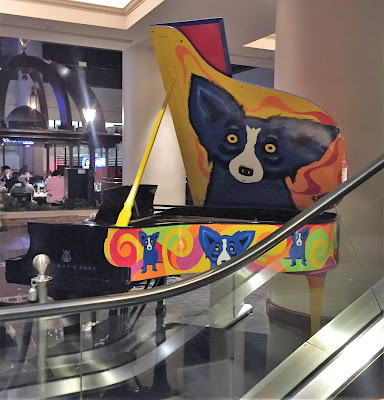






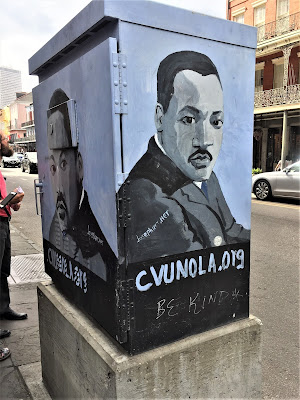







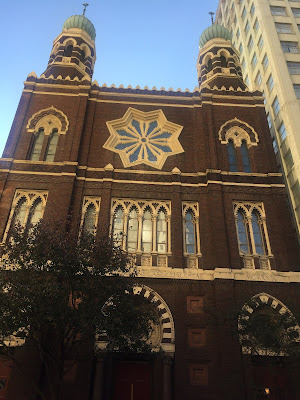
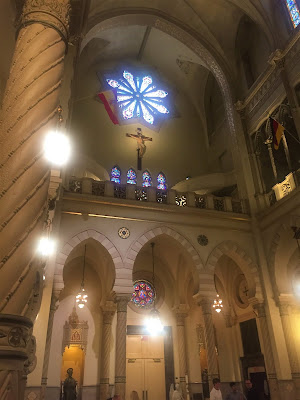
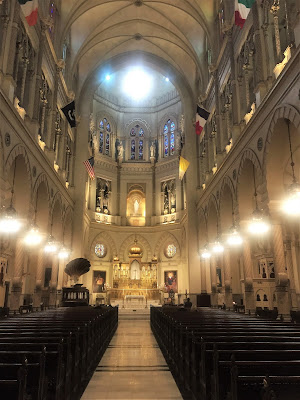
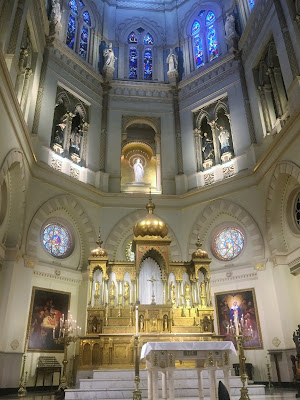



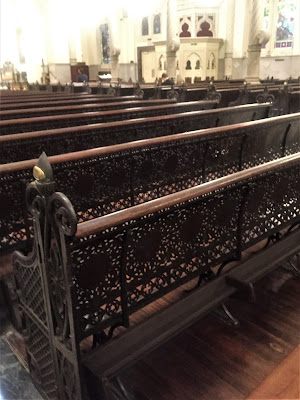
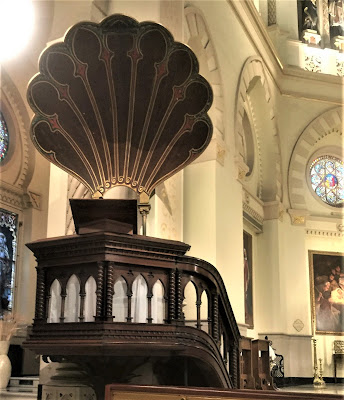









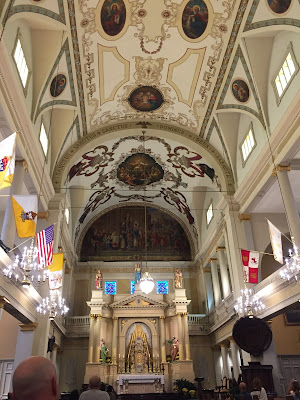








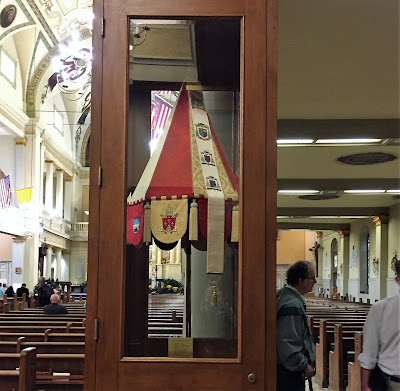





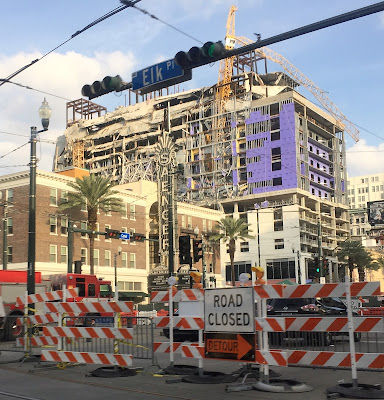





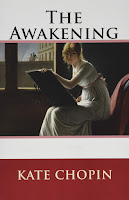
You got a much wider swath of New Orleans than we did when we went as a family. I would like to go back some day.
ReplyDeleteNice pictures, we only got to see St Louis church from the outside. We did enjoy sitting in Jackson Square and absorbing the ambiance. I loved looking at all the paintors at the square
ReplyDelete